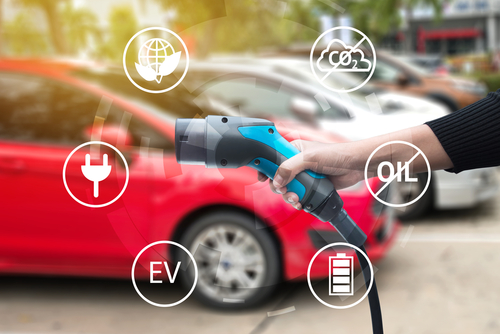PG&E launches online electric vehicle fleet savings calculator to help customers considering transition

Pacific Gas and Electric Company (PG&E) has launched a new online calculator for companies and other organizations to utilize when considering transitioning their fleets to electric vehicles.
“Expanding the use of electric vehicles is essential for California to achieve its bold climate and clean-air goals,” Bill Smith, PG&E Corporation Interim CEO, said. “PG&E has been an active partner in helping make EVs an option for millions of Californians, including for our business and public agency customers who are transitioning their fleets to electric vehicles. Reducing vehicle emissions is good for our state and good for the environment in which we all live.”
The EV Fleet Savings Calculator works with medium and heavy duty fleet vehicles, allowing customers to assess EV investment estimates — and savings — based on their input of fleet sizes, infrastructure, and budget, among other options. It factors in things like PG&E’s new Business EV Rate and California’s statewide Low Carbon Fuel Standard and, in addition to estimates, offers recommendations for charging infrastructure, charging schedule, and fuel costs, in return.
PG&E’s new Business EV Rate supports charging news for businesses and public agencies, as well as certain other public locations, allowing customers the option to save up to 40 percent on charging costs on average, compared to previous rate options. Customers pay for the electricity used by EV chargers and for a monthly subscription charge.
According to the California Air Resources Board, transportation is the single largest source of climate-related pollution in the state, as it is responsible for 41 percent of California’s greenhouse gas emissions. Heavy and medium duty vehicles are major contributors to this, as they tend to use high polluting diesel. By contrast, EVs tend to be four times more efficient.
PG&E is itself converting to an electric fleet, pushing for 100 percent conversion of its light duty vehicles by 2030, along with 10 percent of medium duty and 5 percent of heavy duty vehicles.
